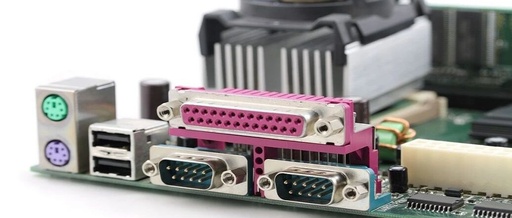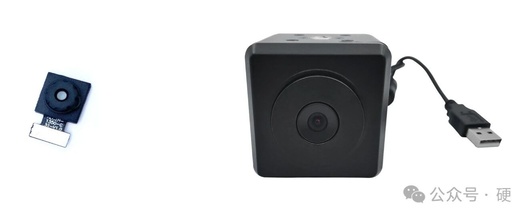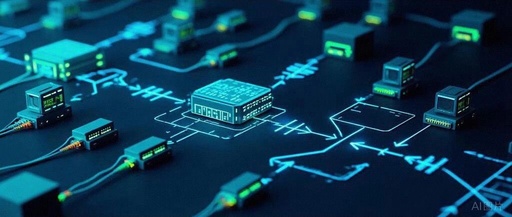STM32 SPI Interface Tutorial: Achieving Efficient and Stable Data Transmission
The SPI (Serial Peripheral Interface) is one of the most widely used synchronous serial communication protocols in embedded systems, playing a crucial role in STM32 development. Compared to I2C and UART, SPI is particularly suitable for high-speed data acquisition, memory expansion, and display driving due to its full-duplex communication, high transmission rates, and hardware slave … Read more









